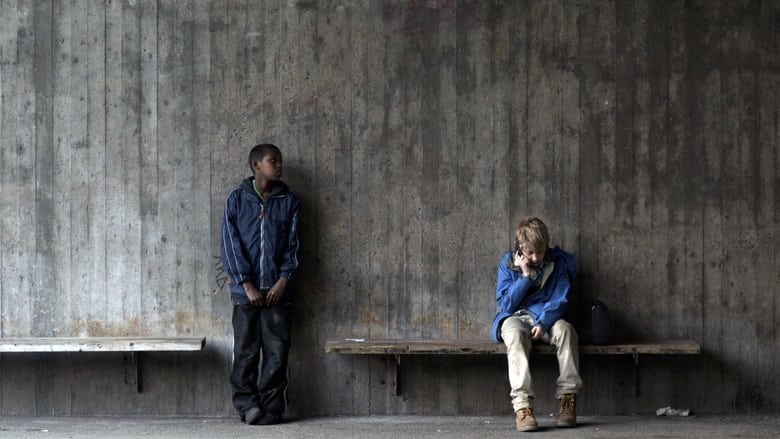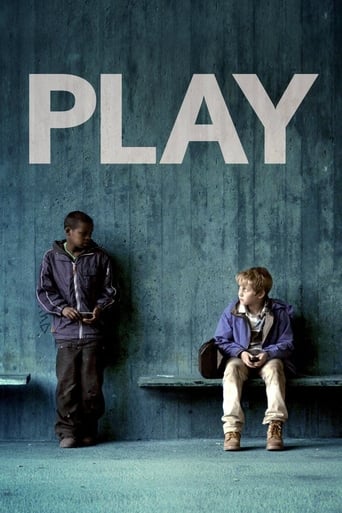
In central Gothenburg, Sweden, a group of boys, aged 12-14, robbed other children on about 40 occasions between 2006 and 2008. The thieves used an elaborate scheme called the 'little brother number' or 'brother trick', involving advanced role-play and gang rhetoric rather than physical violence.
Similar titles
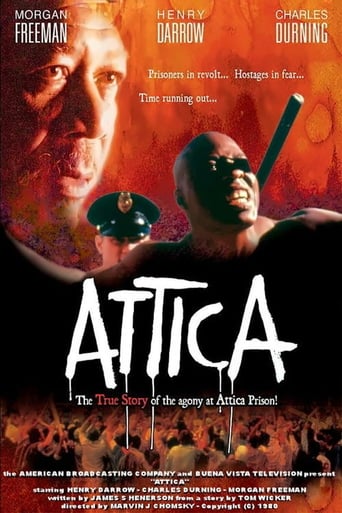
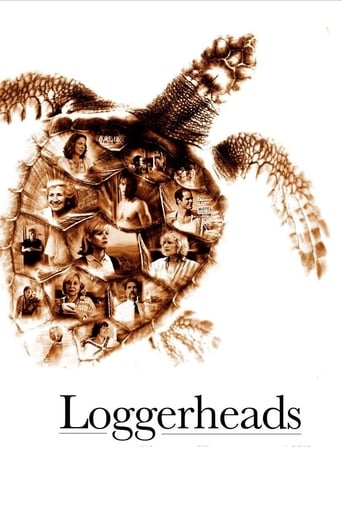
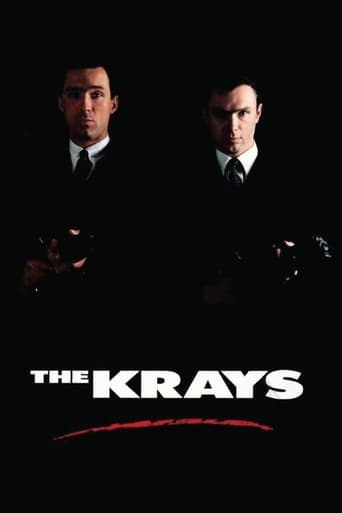
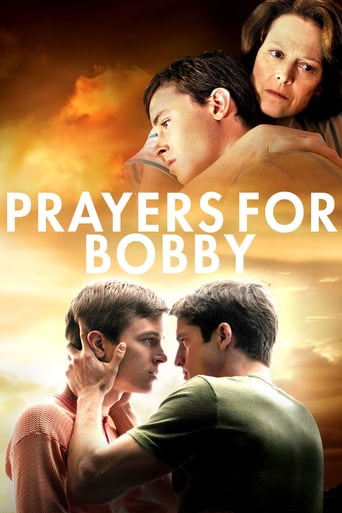
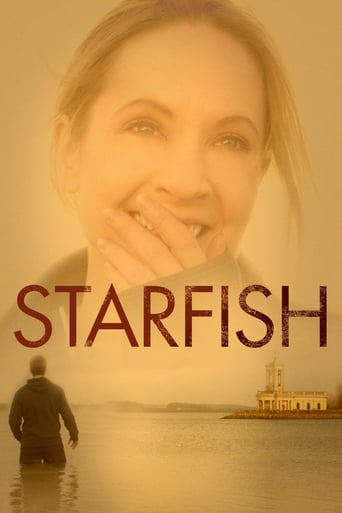
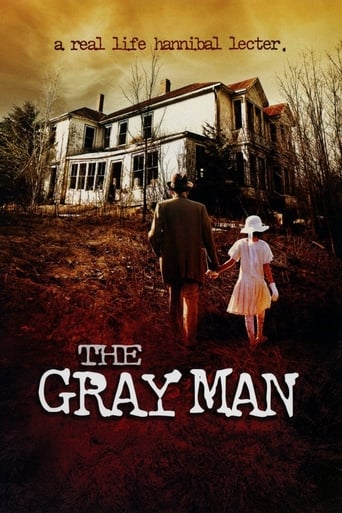
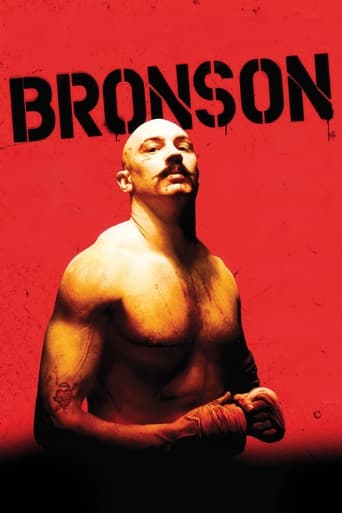
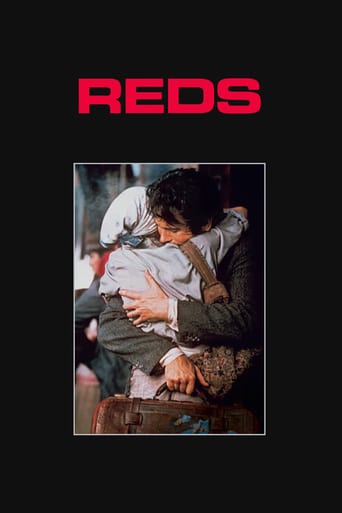
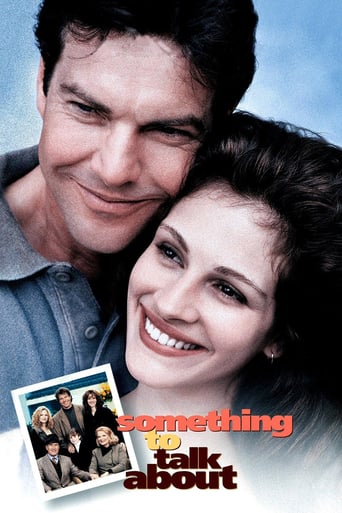
You May Also Like
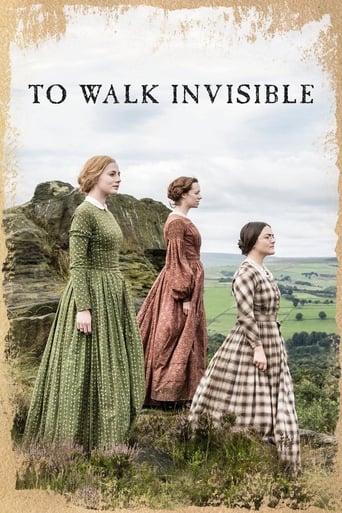
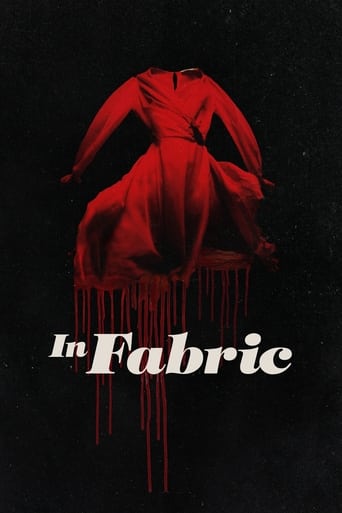
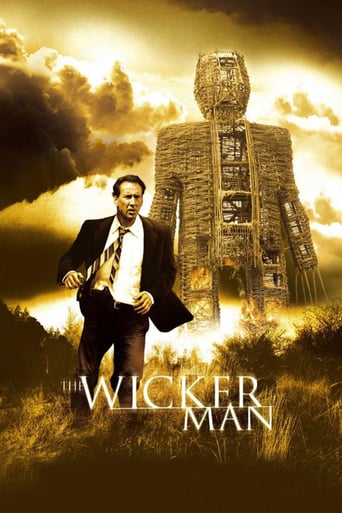
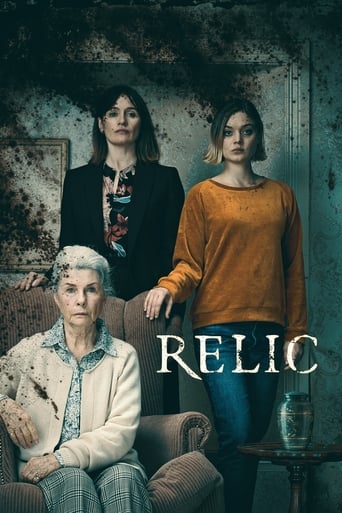
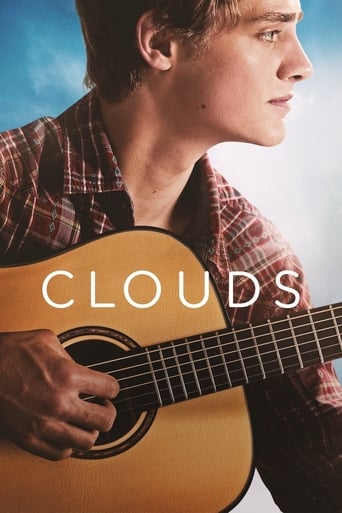
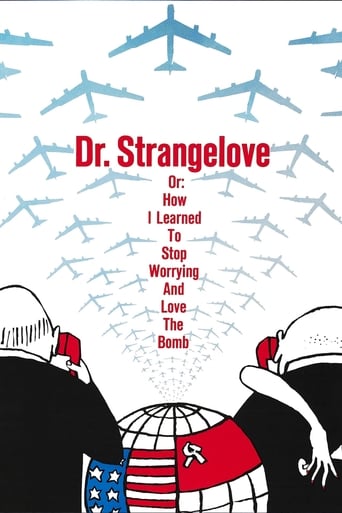
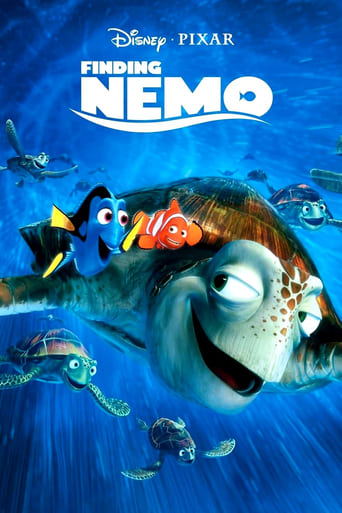


Reviews
Fantastic!
A terrific literary drama and character piece that shows how the process of creating art can be seen differently by those doing it and those looking at it from the outside.
The film's masterful storytelling did its job. The message was clear. No need to overdo.
This is a dark and sometimes deeply uncomfortable drama
"Sweden!" cried out President Donald Trump some time ago. 'Just look at what has happened in Sweden!' he seemed to proclaim again. But what did he mean? "Play" is the title of a devilish Ruben Östlund film; a strange amalgamation of "La Haine" and "Funny Games" which combines cinema vérité with psychological horror and social commentary. What social commentary, it seems, is left up to the viewer: audiences have appeared to whittle it down to one of two (but it could be both) things: class and ethnicity, with Swedish politicians even finding time to chip in to make thoughts known - do remarks by socialists expunge the film from charges of racism when they proclaim it is about class? Or is "Play" so clever, that they have entirely missed the fact it is a damning critic of multiculturalism.The film opens in a shopping centre with a disagreement between two Swedish boys over an amount of money one of them has dropped and lost. "500 Krona!?" one of them exclaims - 'it's nothing', replies the other. Across the way, however, a gang of black youths who are mostly their age are eyeing them up in order to essentially mug them. Within the first scene, Östlund wants us to realise this is a society characterised by differences in income and racial disparity.Elsewhere in the film is the lament that authority has disappeared from Swedish society: bus conductors; mall security guards and shop assistants are either powerless to giving louts a good whack or vacant altogether, save for nearer the very end where they exasperatingly appear at just the wrong moment to punish the wrong people. The film enjoys its static camera-work and neo-realistic settings, wherein dozens of people wander around the public domain, but what seems to have been deliberately kept of screen above all else is the presence of a policeman. Where this seems to lead, or will eventually lead, is an increase in vigilantism - parents and friends of those already victim to spates of crime taking matters into their own hands and administering their own forms of justice in the absence of a state enforcing the law: not unlike various London communities forced into defending themselves form the hordes in 2011, or other groups trying to do something about paedophile gangs operating under the radar in northern England. There are two instances of this in "Play", one closing the film which doubly encompasses Sweden's apparent ignorance to what is going on amongst its young that someone is labelled a racist for trying to obtain justice. "Play" depicts a couple of hours in the life of three boys in the city of Gothenburg and its outskirts on a grey winter's day - they are Sebastian; Alex and John, although John is of Chinese ethnicity. Whatever the problem with immigration, or immigrant crime waves specifically, John has at least seemingly integrated. When we first encounter them, they are at the offices where one of their mothers works - an upscale law firm (we can read "Adact" on the wall) whose employees dress impeccably. Östlund loiters on the entrance of the office for a while after everyone has departed, almost pointlessly, until a staffer reveals the practice to be so bourgeois that they wipe clean a glass door that was already in perfect condition. Sebastian et al. traverse to the local shopping mall, where the earlier group of black youths are still messing around having failed to lull the twosome from the opening scene into what will transpire to be a psychologically sadistic game of bullying and robbery. The two groups first come into contact in a sports shop, where Östlund quite brilliantly keeps the coloured gang off-screen as they holler and whoop while we focus on our increasingly anxious protagonists. By the time they have been followed outside and onto the tram home, it is evident something is wrong, and from there transpires the rest of the harrowing tale.The film's beating heart, the idea that bullies belonging to a minority string defenceless white Swedish kids along to mug them, I read is based on a spate of actual incidences of this happening over a three year period. Meanwhile, adults are too ditzy worrying about broken porcelain in cafes and blocked aisles on trains to really notice what's going on. Writers and journalists such as Jonas Hassen-Khemiri and Åsa Linderborg have made accusations, veiled or otherwise, that the film is in some way racist, while America Zavala applauds it for attacking the pitfalls of a system characterised by class. Thematically, the film seems to reach the conclusion that Sweden is a racially and culturally diverse place - whites don dreadlocks and listen to reggae; Native Americans busk in town squares and white girls dance to Zimbabwean pop music for school performance projects. It is, however, experiencing teething problems as it makes some sort of cordial transition into multicultural permanency. When all is said and done, one does not have to do much research to find stories, radiating in particular out of the city of Malmo, which report chaos and a complete social breakdown on account of multi-racial ghettos rioting for reasons that even the police do not know. One may also read of 'no-go' zones and youth criminality in classrooms so rife that schools have even had to shut for periods of time due to teachers feeling unsafe. Whatever the answer to any of this, Östlund has above all other things managed to make something which actually feels like a piece of cinema - something free of convention; something unpredictable and both harrowing and atmospheric without any real need for pyrotechnics. It is wholly worth seeing for these reasons and more.
Based on real cases from Gothenburg, the director has created an almost documentary-looking study of a youth gangs of black immigrant children who exclude younger white children with all sorts of tricks and "games". The younger children do not fight back and - perfectly educated politically - only symbolically set signs that they want to escape from the subtle captivity of the gang. Of course, adults do not help. After all, you do not want to be a "racist" ..The film creates an oppressive mood through the static wide-angle camera with simultaneous subtle violence. Unwittingly, attitudes, macho, lack of imagination and threats of violence are also shown against adults who threaten politically correct with the police, what the gang kids (10-15 years) smile only tired.Here, the original Swedish openness and Christian expectation developed over centuries meet totally disintegrated immigrant children who are unlikely to be integrated in the next three generations and, as Kant would say, work only with slyness, not reason: love and Being nice means being a weakling - just like the police in Sweden. Because authority means in the context of the gang: violence. So you know it from his tradition.If Östlund's current big movie "the Square" is the grand exposure and dismantling of politically correct comfort, one can see the same direction in "Play", only from the perspective of the street: what is going wrong in a society of total anti-discrimination, in which is only abstracted without examining the facts? The end is unbelievably apt and represents the verdict on the concrete facts: A reverse racism breaks down, destroys society and the quality of culture. The last music scenes of the film leave the audience dejected ...Sweden has a new Ingmar Bergman who can display the individual human relationship at the same time oppressive from a political point of view.
A visually interesting and unusual movie. It is centered around rather a chilling story of bullying that is built very slowly thus making it thrilling and terrifying, since we are conditioned to expect some bloody climax; yet the horror happens only in the subtle way of exposing the violence which is in conforming. The main story is cut several times by visuals of a parallel yet empty story that pretends to add to meaning. Again both stories are expected {we are conditioned to expect} to join in some great climax yet it does happen just in quite a meaningless way. The movie is full of visual fluff that is there to amplify any interpretation one can see. Some parts are missing, again to punish expectations. Like when the boy gets to the treetop and an interesting discussion develops. All is cut: somehow he is back down, yet why? To conform with his comrades who had let him down before? Conforming or conditioning that makes people insensitive to what is and so react predictably is also exposed in reactions of shopkeeper, passengers, disturbed ladies at the end. Street-smarts count on predictability of petty minds; bullying may continue. Should have been shorter.
Black boys take mobile phones away from younger white boys. It doesn't happen through verbal threat or violence. Most of the job is performed through body language and way of speaking. The blacks know if functions.This has meant a debate about a racist script and a racist film. That's of course not what director Ruben Östlund is up to. He very clearly points out how subtle things, like the way you look at somebody, gives you power. That also depends on the social context, the environment and so on, but it is there. It's certainly not as simple as it's put in billions of stupid action movies.Long takes, brilliant acting by young amateurs. One objection is however the almost parodic ignorance from the grown-up world, an ignorance which is not subtle at all. Anyway, this should be the most important Swedish film of 2011.
Top Streaming Movies











